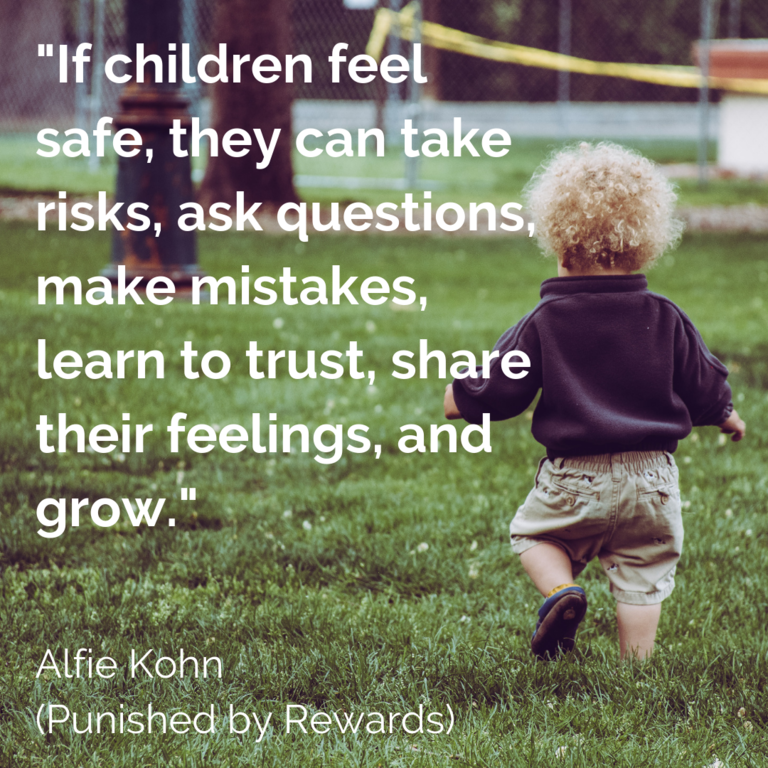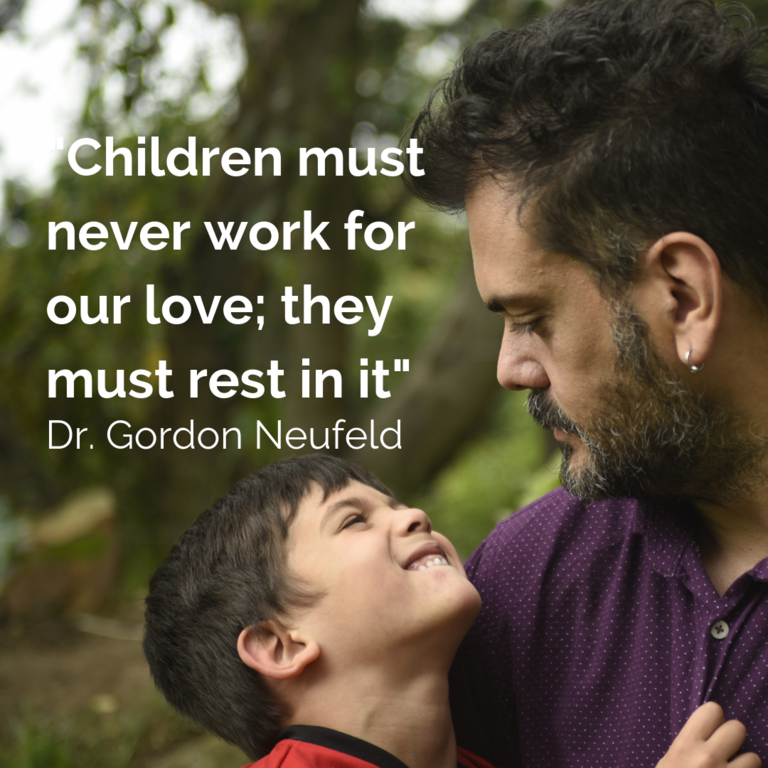Supporting children living with anxiety
By Angel Li and Sandy Yip
Dr. Bell is a registered psychologist who has been dedicated to empowering children and parents for over 17 years. Dr. Bell’s work includes providing therapy to individuals, families and parents as well as assessments. She has a background working with children and adults who have histories of trauma.
Why look at anxiety in children?
-
Anxiety disorders have the highest incidence of all mental disorders in children.
-
12 – 20% of children have some type of anxiety disorder. 20% of children living with an anxiety disorder will also have a learning disability, over 25% will have ADHD and many will have speech and language problems.
-
Having an understanding of the range and challenges facing anxious children can help frontline professionals work more effectively.

What does anxiety look like?
The child might:
-
Be clingier
-
Cry more easily
-
Appear more sensitive
-
Exhibit more aggression
-
Regress to an earlier stage
-
Have more arguments with peers and adults
-
Listen less, argue more
**Be careful not to diagnose based on these descriptions, they are just information - leave the diagnostic process to the doctors. (During the workshop, Dr. Bell shared with us that she finds the diagnostic language very broken. It’s can make families feel helpless. She only offers a diagnosis if it’s beneficial to the child.)
What to do if you are working with a child living with Anxiety
-
The most important intervention is to be patient, but consistent.
-
Communicate your patience by arrowing down. It means the more intense the child’s behavior, the more calm the care provider’s response---it’s an inverse relationship.
Point to remember: Children learn to self-regulate when they have a regulated care provider!
Child Challenging Behavior (increasing intensity)
Parent Response (decreasing intensity)

-
If the child’s anxiety is interfering with her day to day activities, acknowledge the anxiety or the feeling under the behavior, but communicate the expectation that the child follows through with your request.
-
If after repeated prompting the young person is unable to comply, let it go - but make it your idea.
-
Be sure not to appear frustrated or disappointed with the child.
-
Let the child know that it is okay that he did not manage the task this time, but that you think he can do it the next time.
An example that Dr. Bell shared with us was when a care provider has invited the child to circle a few times and each time, the child’s response was “No.” Here, we hit the anxiety wall. Instead of pushing the child to go to circle, try saying, “Oh, Johnny, today you are actually helping Miss Bell with snacks. So off you go, I know you’ll have circle tomorrow.” This is not giving in, we are still in charge of the situation because we gave Johnny the idea of doing snacks.
For more resources to support work with children living with anxiety, visit the Westcoast Early Learning Library. You can search our online catalogue at www.wstcoast.org/library.
